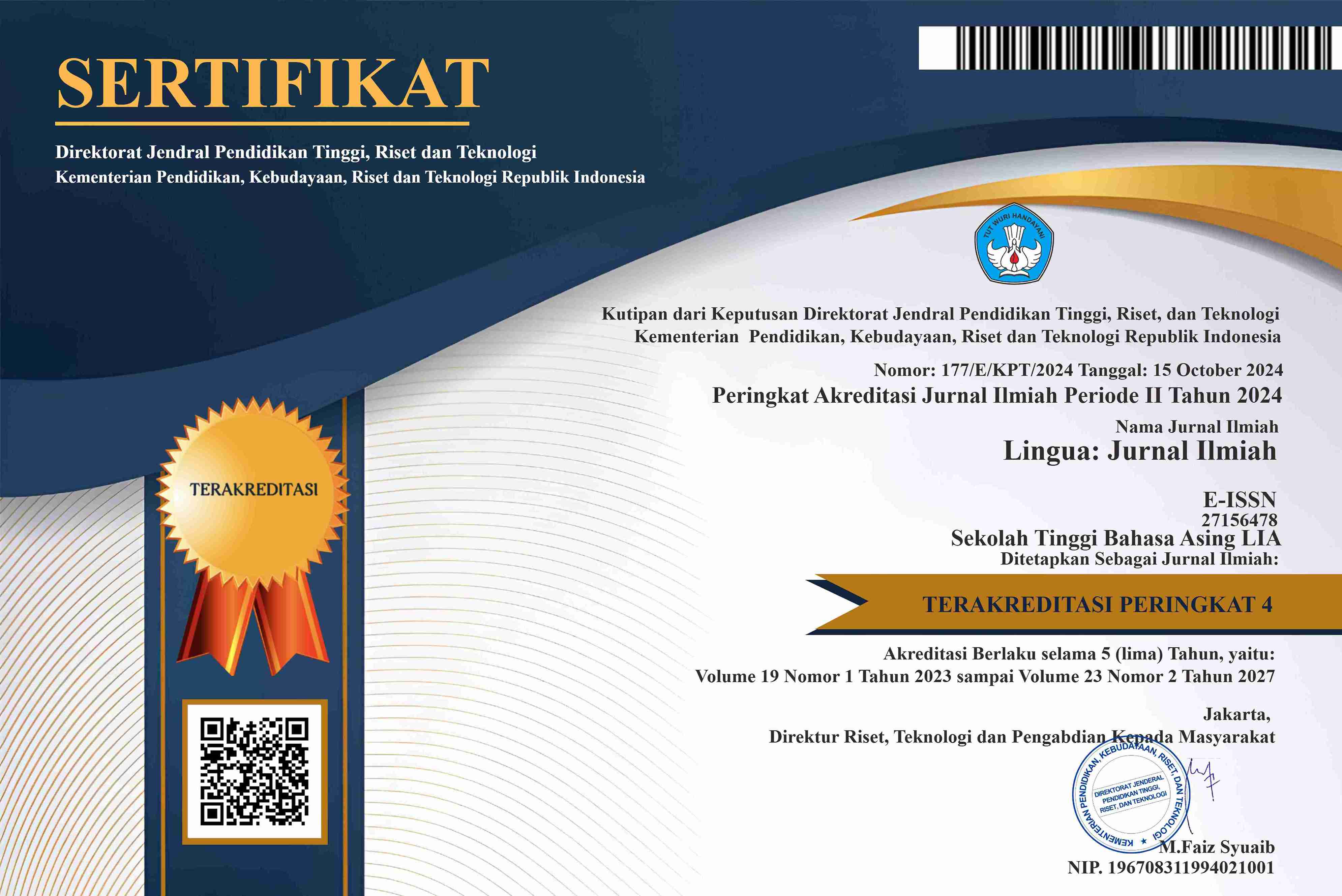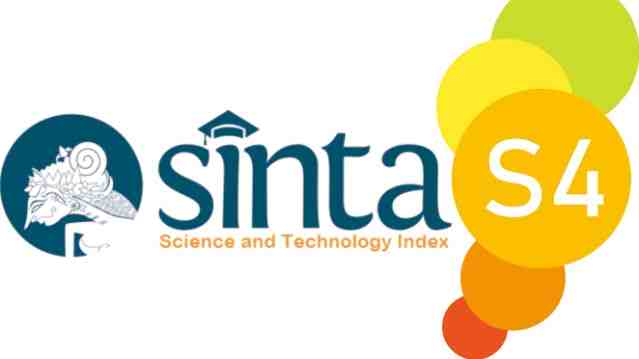PEMAKNAAN DEKONSTRUKSI KONSEP PEREMPUAN IDEAL DALAM FILM PENGABDI SETAN (2017)
Kata Kunci:
Deconstruction, Concept of ideal women, Film Pengabdi SetanAbstrak
This article aims to reveal the deconstruction meaning of the ideal women concept in film
Pengabdi Setan through the characters of Mother and Grandmother. Jacques Derrida's
concept is used in this study to see how text can be interpreted not only in a single meaning
but also another meaning, as a main characteristic of deconstruction is to reveal the
meanings that are marginalized, ignored, and hidden. We use deconstruction reading
methodology to reveal the hidden meanings in the film Pengabdi Setan (2017). By
deconstructing a concept of women which presented by mother and grandmother figures, we
found several results were obtained such as the concept of ideal women that admitted in our
society still shackles women so that if a woman does not conform to the ideal concept
prevailing in society, then what will happen is a catastrophe. In Indonesian society which is
still strongly conduct to patriarchal values, women are often alienated and negatively
stigmatized if they cannot bear children. Reproductive tasks that are carried out by women
are shown and regulated according to the wishes of society, for example when she should get
pregnant and how many children will be conceived and born. The mother has to take care of
her husband, children, and household. Society has constructed women as ideal figures who
serve their husbands and work fully in the domestic area, such as taking care of kitchens,
wells, and mattresses.
Unduhan
Diterbitkan
Cara Mengutip
Terbitan
Bagian
Lisensi
Hak Cipta (c) 2024 Wawat Rahwati, Cut Novita Srikandi, Nina Alia Ariefa, Bustanuddin Lubis

Artikel ini berlisensi Creative Commons Attribution-NonCommercial-NoDerivatives 4.0 International License.












